IoT (Internet of Things) security standards for Govt
Summary:
Target Audience:
Duration: 1 ( 10 hours / day)-Total 10 hours.
Prerequisites:
Overview:
Estimates for Internet of Things or IoT market value are massive, since by definition the IoT is an integrated and diffused layer of devices, sensors, and computing power that overlays entire consumer, business-to-business, and government industries. The IoT will account for an increasingly huge number of connections: 12 B by 2019 and 100B+ by 2025.In the consumer space, many products and services have already crossed over into the IoT, including kitchen and home appliances, parking, RFID, lighting and heating products, and a number of applications in Industrial Internet.
The underlying technologies of IoT are nothing new as M2M communication existed since the birth of Internet. However what changed in last couple of years is the emergence of number of inexpensive wireless technologies added by overwhelming adaptation of smart phones and Tablet in every home. Explosive growth of mobile devices led to present demand of IoT.
Over the last three years, engineering in IoT has seen massive changes primarily driven by Microsoft, Google and Amazon. These large behemoths have invested billions of dollars to develop IoT platforms that are more easy to manage and secure. Also IoT edge has gained a lot of momentum in both research and deployment as only means for practical IoT implementation. 5G is also promising to transform the business of IoT. This has led to an unprecedented large swath of new areas of research funding in IoT.
However Govt adaptation of IoT is slow due to security concerns at various levels. One of the major issue is, disagreement among different large IoT vendors on the matter of security. Microsoft Azure, Amazon AWS have pushed forward with its own security standards. Where as NIST is placing a more comprehensive one. OWASP model of 10 layers of IoT security did some impact but overall failed to get much ground due to non-adoption from major IoT platform like Azure or Google.
Course Objective:
Main objective of this course is to introduce emerging technological options, platforms and case studies of IoT implementation in emerging verticals ( smart cities, smart manufacturing, agriculture, public safety etc) and horizontals ( edge computing, PaaS platforms, 5G-IoT etc.) for the University researchers..1. Give introduction of all the technology stacks of IoT
2. Drawing the layers of vulnerability at each stack and between the stack
3. Learning about the NIST standard of IoT security
Course Outline:
| Session 1:Basic and Advanced concepts of IoT architecture from security perspective |
|
| Session 2:Introduction to all important aspects of IoT Infrastructure security |
|
| Session 3:IoT management layer- and management layer vulnerability |
|
| Session 4:Review of evolving NIST standards/recommendation for IoT -4 hours |
|
